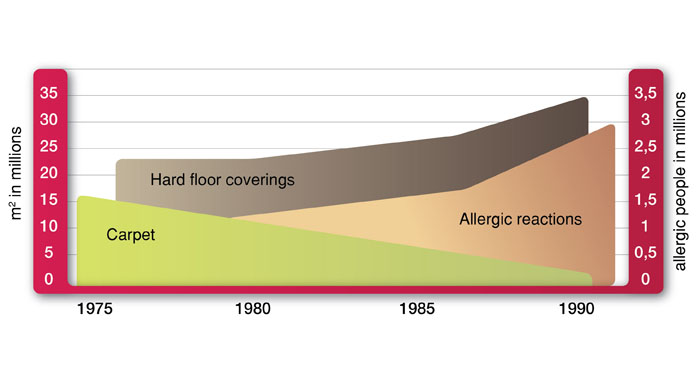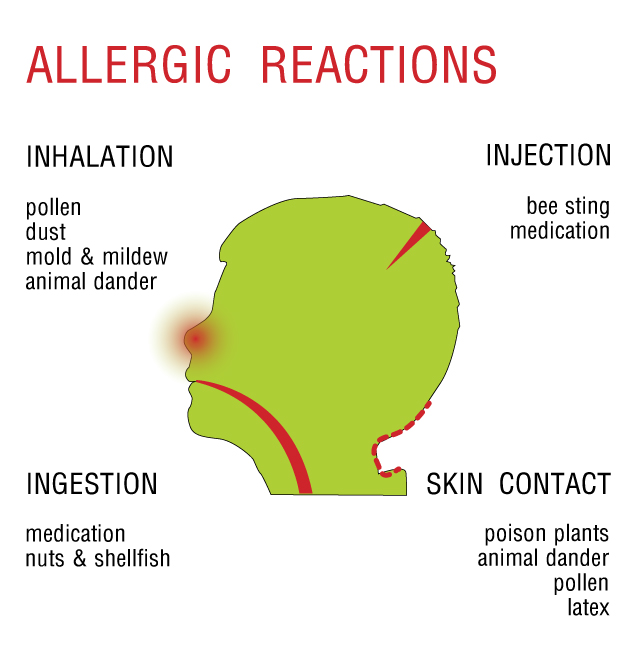Carpet allergy does not exist
It is a common misconception that carpet contributes to asthma and allergies in people. True, carpets accumulate dust and dirt in a far greater extent than hard flooring however the critical point is often missed. When a person enters a room with hard flooring, body movement and footfalls can easily disturb the particulates, stirring them up and carrying them into the breathing zone.
Carpet holds allergen-causing substances tightly and, as a result, keeps them from becoming airborne minimizing the level of allergens in the air. This translates to lower exposure potential.
Cleaning of carpets contributes to improved indoor air quality by reducing airborne particulate, allergen, bacteria and perhaps other substances. Regular vacuuming can lower allergen levels in carpets substantially and a HEPA vacuum has been shown to be more effective than a conventional vacuum.
For allergy or asthma sufferers, carpet is not the only important furnishing to be kept clean. Bedding, drapes, furniture and pets are also sources of exposure. In addition to vacuuming and cleaning, moisture management, clutter control and pest management are important allergen avoidance strategies. Elimination of a single or “most important” trigger does not provide sufficient improvement.
Allergy claims “unproved”
Professor Roshan L. Shishoo and Alf Börjesson, of the Swedish Institute for Fibre and Polymer Research, in an article for C&FR, call on the carpet industry to speak out forcefully and refute claims of health risks in carpets. The use of carpets in Sweden has steadily decreased since 1975. However, the authors point out that the occurrence of allergic reaction and other environmental sensitivity in the general population has increased.

Asthma and allergic reactions

When the immune system reacts to foreign substances (allergens), we call it an allergy. These substances may not be harmful in themselves (pollen, animal skin or fur, house dust mite excrement, mould spores or food items, for example).
The allergens find their way into the human body mainly through the skin and respiratory tract. The immune system attempts to render them harmless, through a, sometimes ‘exaggerated’, allergic reaction.
The symptoms associated with allergies (running nose, watering eyes, itching, shortness of breath, diarrhoea) are not caused by the allergen itself, but by our immune system’s reaction to that allergen. Known allergic reactions include hay fever or contact eczema, for example.